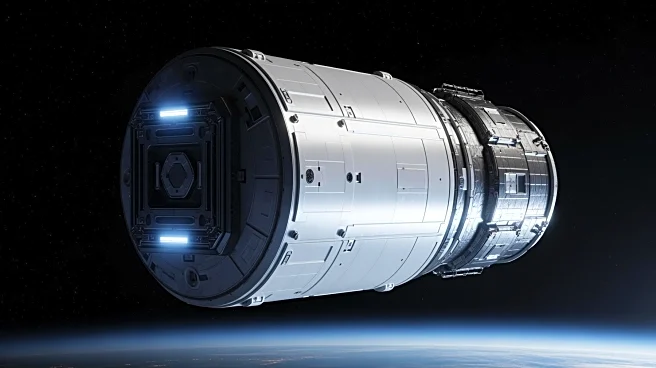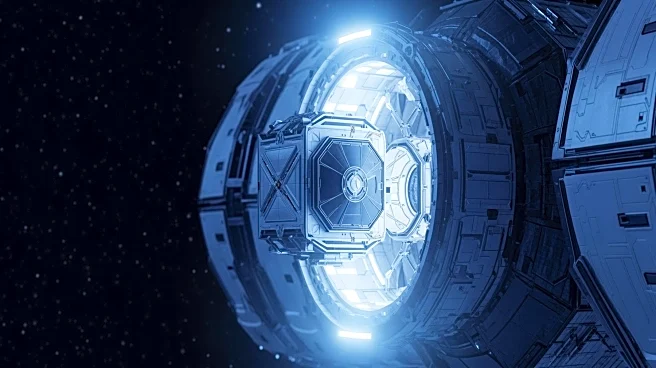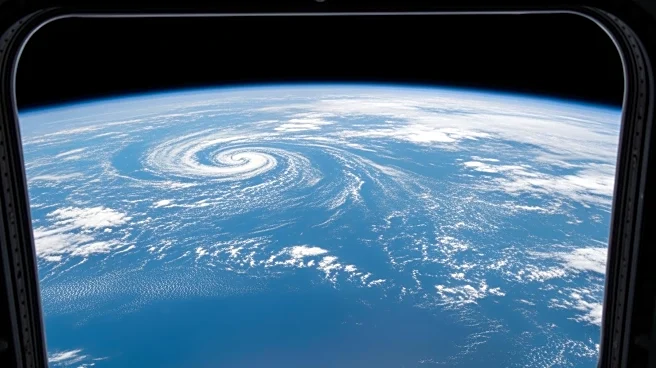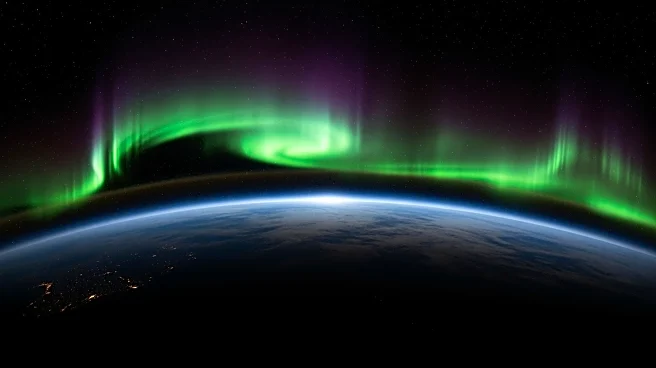What's Happening?
NASA has announced that Boeing's next Starliner mission, scheduled for April 2026, will not carry astronauts but will instead focus on delivering cargo to the International Space Station (ISS). This decision
follows a series of delays and technical issues with the Starliner program, including thruster system concerns that arose during the Crew Flight Test mission. The upcoming mission, known as Starliner-1, aims to validate system upgrades and ensure the spacecraft's readiness for future crewed missions. NASA and Boeing have also agreed to reduce the number of planned crewed flights from six to four, with two additional flights available as options.
Why It's Important?
The decision to launch the Starliner without astronauts underscores ongoing challenges in Boeing's efforts to fulfill its contract with NASA. This development highlights the competitive landscape in the commercial spaceflight industry, where Boeing faces pressure from SpaceX, which has successfully conducted regular crewed missions to the ISS since 2020. The reduction in planned crewed flights could impact Boeing's financial and strategic positioning in the space sector. Additionally, the focus on cargo delivery allows NASA and Boeing to prioritize safety and system reliability, which are crucial for future crewed missions and the overall success of the Starliner program.
What's Next?
NASA and Boeing will continue to test and certify the Starliner propulsion system in preparation for potential crewed flights in 2026. The focus will be on ensuring the spacecraft's safety and reliability, aligning future missions with the operational needs of the ISS through 2030. Stakeholders, including NASA and Boeing, will closely monitor the progress of these tests, as successful validation could pave the way for resuming crewed missions and fulfilling contractual obligations.














